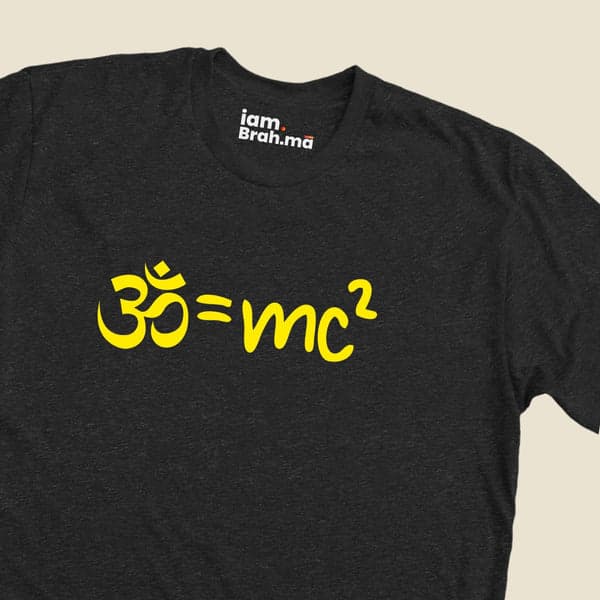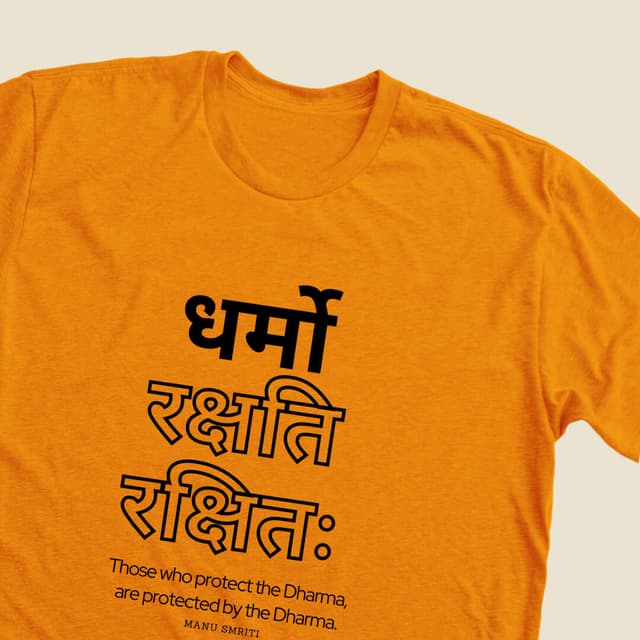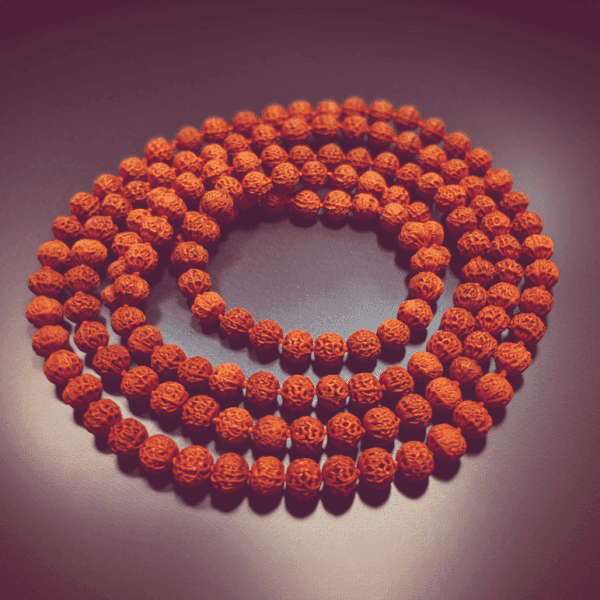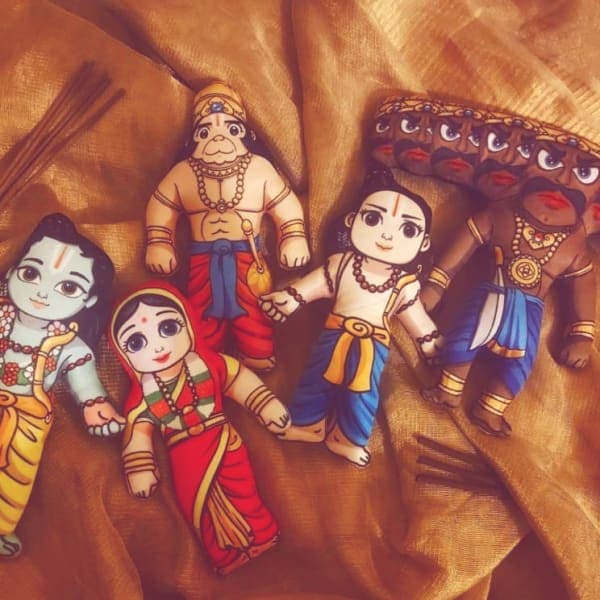Cataract Surgery: Ancient Indian Innovations and Their Legacy
Cataract surgery, a procedure to remove the clouded lens of the eye, has a history dating back to ancient India. The techniques and instruments developed during that time were remarkably advanced, showcasing a deep understanding of ophthalmology and surgical precision.
Information and Other Details
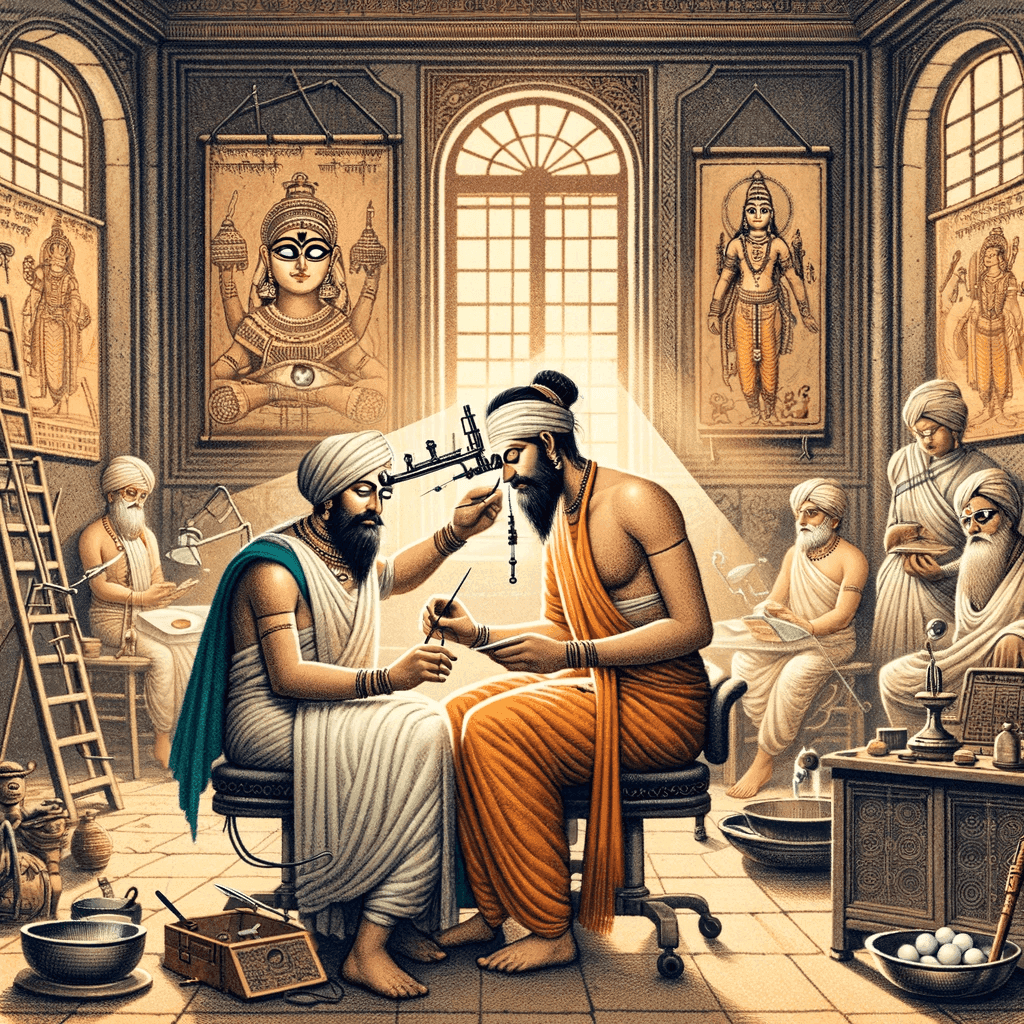
Origins in Ancient India
The earliest documented practices of cataract surgery can be traced to ancient India, where it was known as 'Sushruta Samhita'. Sushruta, an ancient Indian physician, described various medical procedures, including cataract surgery, in this comprehensive text.
The Technique of Couching
The primary method used in ancient India was known as 'couching'. This involved using a sharp instrument to dislodge the clouded lens and push it back into the vitreous body of the eye. While this method did not remove the cataract, it moved the opacity away from the line of vision, temporarily restoring eyesight.
Instruments and Surgical Precision
Ancient Indian surgeons used specially designed instruments for cataract surgery. These included fine, curved needles and tools for stabilizing the eye. The precision and effectiveness of these instruments were remarkable for their time.
Anesthesia and Postoperative Care
The Sushruta Samhita also describes the use of wine and other substances that may have been used as primitive forms of anesthesia. Postoperative care included rest and specific dietary regulations to promote healing.
Impact and Evolution of the Technique
The technique of couching spread from India to other civilizations, including ancient Persia, Greece, and eventually Europe. However, it remained a rudimentary procedure until the development of modern cataract surgery techniques in the 18th century.
...
